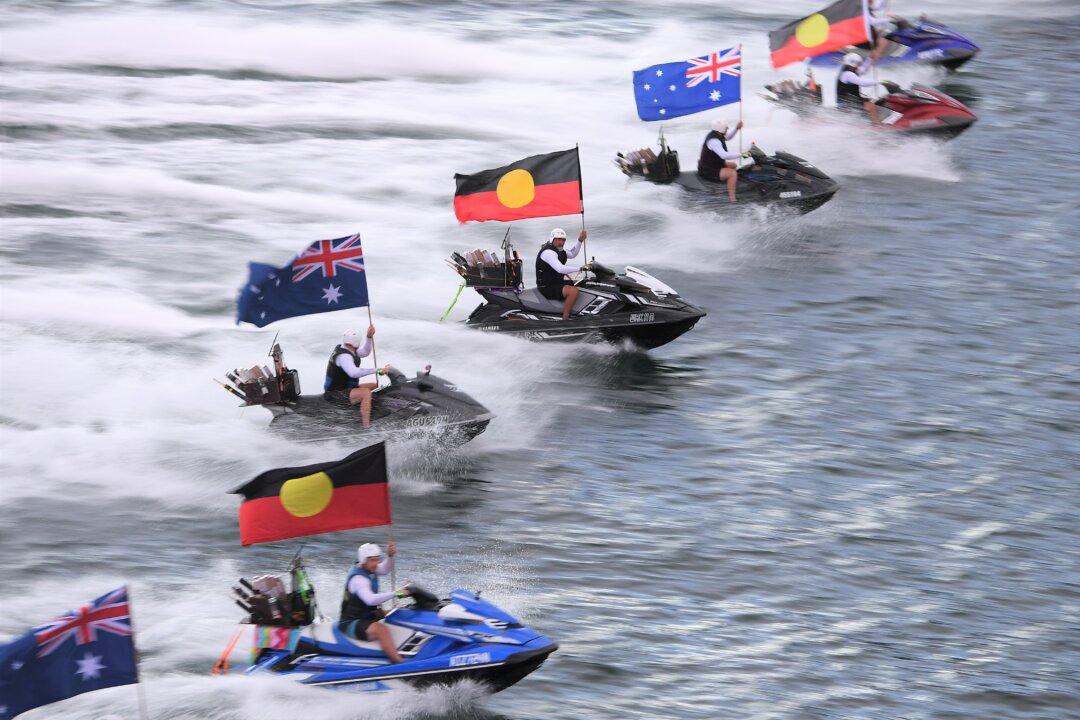Commentary
Plenty has been said about the proposed Indigenous Voice to Parliament; some of it has been thought provoking, and much of it unfortunately, has just been the regurgitation of past offerings by those wanting to score political points.

Plenty has been said about the proposed Indigenous Voice to Parliament; some of it has been thought provoking, and much of it unfortunately, has just been the regurgitation of past offerings by those wanting to score political points.